Having a goal helps you take realistic steps and track progress. Here’s how to set yours.
When starting treatment for myasthenia gravis (MG), it’s important to set thoughtful and attainable goals. Since everyone’s MG experience is different, having personal treatment goals related to symptoms and daily abilities may help you effectively track your progress and assess if your treatment plan is making a difference. That information can be used to better facilitate conversations with your healthcare team—and help you aim for a greater everyday with MG.
Setting the Right Goals for You
The key to goal setting is ensuring those goals matter to you and may be achievable or attainable on your MG journey. Think about things you want to do more of in your daily life, like Michael,* a dad living with MG who wants to stay active and keep coaching his son’s baseball team.
“I’m always striving. I was super active before MG, so from day one, I wanted to get back to doing the things I used to—just maybe not at the same speed,” Michael reflected. “I’m also a father and want to be able to keep up with my son.”
Talking to your healthcare team can be helpful when setting and assessing goals. Michael goes to his doctor visits prepared with detailed notes about how he’s been doing. “Sit down and take a long brainstorm on where you are and where you want to be,” he said. “For example, I could say my son has tired me out, but I want to be able to keep up with him. What can I do to get there?”
By setting a goal, you’re empowering yourself to aim for a greater everyday with MG. If you want to take it a step further, share your goal with not only your healthcare team, but your loved ones too. Bringing others in and saying your goal aloud could be an effective way to help you stay committed to it!
Tracking Symptoms to Track Goal Progress
Consistently tracking your MG symptoms can be a good way to help monitor the progress of your goals. For instance, calculating your score on the Myasthenia Gravis Activities of Daily Living (MG-ADL) scale on a regular basis may help you understand just how much your symptoms are affecting your daily abilities.
The MG-ADL scale is an eight-question survey that assesses eight key MG symptom areas that may impact your daily life (e.g., chewing, combing your hair, etc.). Each symptom is measured on a four-point scale with zero representing normal function and three representing a lack of ability to perform that function.
Total scores range from zero to 24—so in general, the lower your score, the less your daily activities may be impacted!
It’s important that you can track your symptoms in a way that helps you assess progress toward your personal goals. Keep reading for a couple of examples of goals related to daily abilities and how they can relate to MG treatment.
Aiming for Minimal Symptoms
A top goal for Michael has been to keep his MG symptoms minimal, so having the right treatment plan to get him there was important. Through partnership with his healthcare team, Michael found a treatment plan that has been working well for him, and he’s been using the MG-ADL scale for a year to monitor his progress.
Michael finds that reviewing his MG-ADL score is an effective way for him to stay on track with his personal goal of reaching and maintaining minimal symptom expression (MSE), which is considered a total score of zero or one on the MG-ADL scale.1 “It’s a clear-cut number,” he said, explaining why he likes the MG-ADL scale. “So, when you’re trying to assess how you’ve been doing coming out of a treatment, it gives you good feedback in a numerical sense.”
Since the MG-ADL scale considers the severity of symptoms in a variety of areas (eyes, facial muscles, neck/throat, chest, arms, hands, legs), it can be a useful tool to help track your progress toward your goals, which may include MSE. Remember, the lower the score, the closer you may be to reaching your personal goals, so consider talking to your doctor about ways to lower your MG-ADL score!
Make sure the conversation about maximizing symptom control is ongoing with your healthcare team, so they can partner with you to help at each stage. For suggestions on how to broach this topic with your doctor, check out these tips for being a better self-advocate at healthcare appointments!
Greater Treatment Knowledge
Another goal that you may want to pursue could be greater treatment knowledge. Whether you just started a new treatment or are re-evaluating one you’ve had for a while, you may have questions. Don’t hesitate to not only ask your healthcare team for answers, but to take initiative and learn on your own as well!
Check out Go for Greater with MG for resources that may help you achieve greater treatment knowledge and think about the connection among your MG-ADL score, symptoms and treatments. If you’re interested in learning more about MG so you can make informed decisions about treatments, this goal may be a good one for you.
Making an MG Action Plan
Whether your top goal is having minimal or no symptoms (MSE), lowering your MG-ADL score, avoiding a myasthenic crisis or doing more of a favorite activity, an MG action plan is instrumental to helping you get there. An MG action plan is made up of simple steps to help you reach your goals. The idea is to help you stay accountable by identifying and completing feasible tasks. Michael, for example, specifies a good diet and getting enough sleep as important steps to help reach his bigger goal of keeping his MG-ADL score low.
Want to get started on your own MG action plan? Download the customizable MG Treatment Goals Action Plan to create one tailored to a personal goal of yours! Once you’ve filled that out, use it to talk to your doctor about achieving goals that make you feel hopeful and optimistic for the future.










